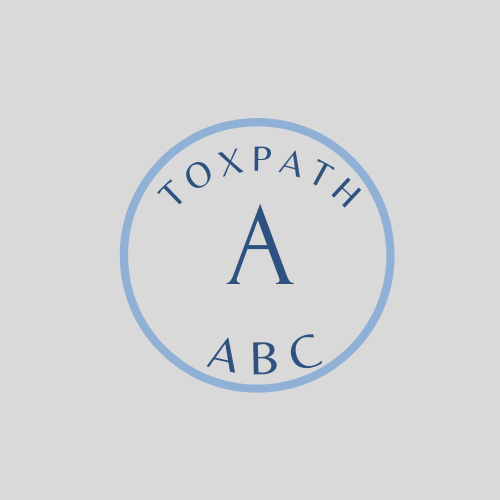ToxPath ABC: A from Adversity
The first ABC ToxPath topic to be described concerns A from Adversity.
When conducting non clinical toxicity studies the outcome relates to the establishment of the non observed adverse effect level (NOAEL), which represents the dose level at which adverse health effects are observed. Since many years the definition about adversities has been a debate and there is urgent need of a better alignment regarding how non clinical adverse effects or observations are determined and characterised (ToxPath Journal 2016, Vol 44(6), 810-824).
The definition of adversity consists of an undesirable or harmful condition, which is detrimental to human and animal life. However, in the field of toxicology, the term of adversity is a complex consensus between various scientists involved in the non clinical study, who are sometimes looking at a specific part of the study. Therefore, the final decision of calling a finding or change adverse remains the responsibility of the single point of contact of the study: the study director. however, the study pathologist still has an important input in this decision making process. Why ? Let’s see at which level adversity should be considered !
From a interdisciplinary view, adversity can be considered at the level of a molecule, a cell, a tissue or an organism. In the context of toxicologic studies the pathologist Primary Characterise adversity based on morphologic endpoints at cell, tissue and/or organ level in combination with the clinical pathology data and status of the animal at the end of the study (terminal vs. pre-terminal). If necessary, the pathologist has the possibility to integrate the in-vivo data for the Establishment of the NOAELs. Unfortunately, many target tissues do not have clear functional markers and its Translatability to human health remains uncertain. Therefore, it could be a Significant help to determine the pathologic nature of the effect, in combination with the severity of the morphological change. As always, it,s up to the pathologist to distinguish each potential adverse lesion from a normal background change or define if the adversity represents an Exacerbation of a spontaneous background change.
In addition, when having established the adversity it remains important to Define if the adversity is a direct or indirect effect of the drug, or more an adaptive response. Regulators find it always relevant to know if the Adversity shows reversibility or irreversibility and how it could translates to human health. So, don’t forget to tell your client if the adversity shows reversiblity as the outcome will be less harmful.

